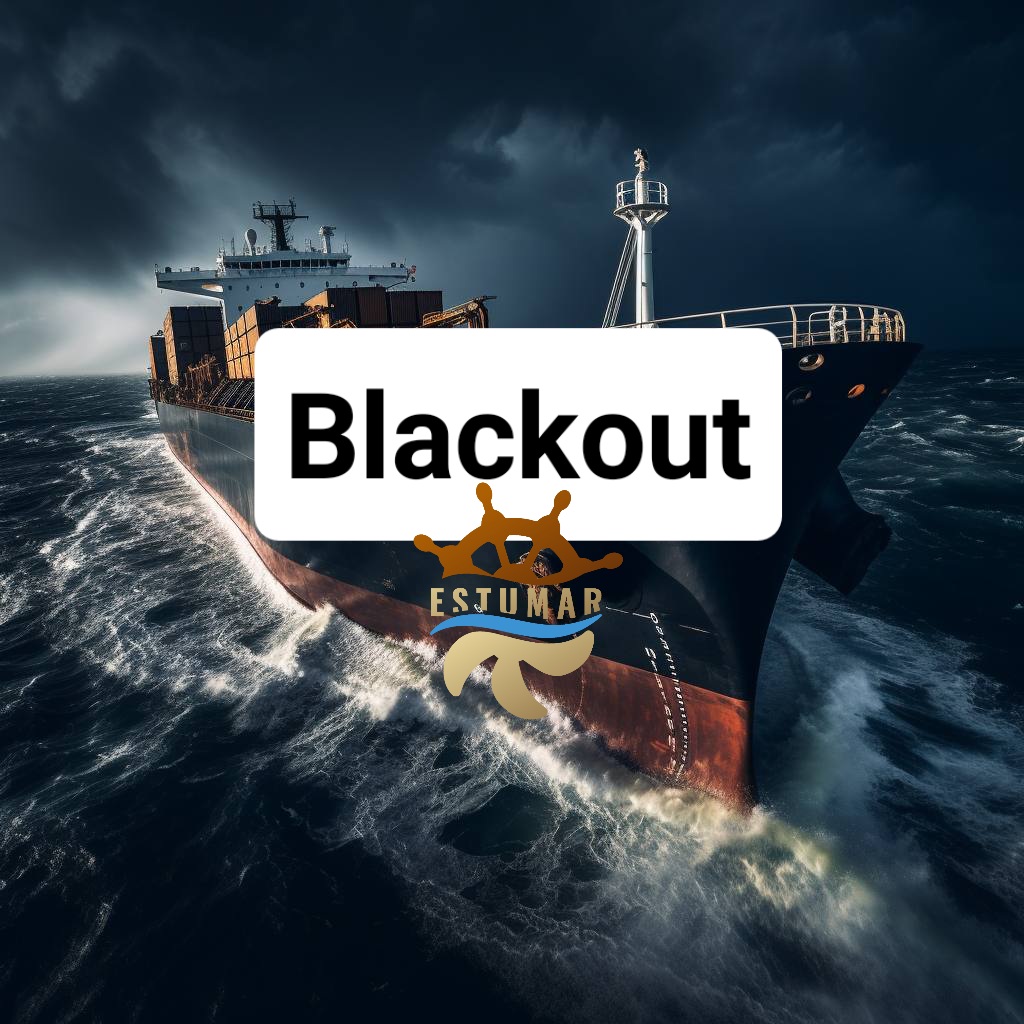 In the recent past the shipping industry has noted an increasing number of blackouts and main engine failures, which can result in a total loss of propulsion and steering capability. The risks to the vessel and crew become critical and may result in a major casualty when they occur while maneuvering in restricted areas (traffic lanes, channels), entering or leaving port or navigating close to a coast during heavy weather.
In the recent past the shipping industry has noted an increasing number of blackouts and main engine failures, which can result in a total loss of propulsion and steering capability. The risks to the vessel and crew become critical and may result in a major casualty when they occur while maneuvering in restricted areas (traffic lanes, channels), entering or leaving port or navigating close to a coast during heavy weather.
Total blackouts have occurred on vessels that operate either with a common power system configuration or with the power system split into two or more independent power systems. It is more prevalent in the former configuration. In the latter configuration, internal and external common cause failures are often the cause rather than individual equipment failures. Not all causes of vessel blackout can be recovered from – i.e. there may be some scenarios where recovery will not succeed even if it operates correctly. Success depends on whether the common cause failure that initiated the blackout remains active. Where recovery includes restart of generators, drives, major consumers and auxiliary services, the success of blackout recovery often depends on the absence of active lockout functions on the Main Switchboards, thruster drives restart time etc.
The primary aim of this paper is to:
• Review the various blackout recovery test procedures that are sometimes performed as part of annua trials and to evaluate their effectiveness in replicating a real blackout condition;
• Present an additional test procedure that could be performed to improve the effectiveness of Blackout Recovery Testing;
• Investigate the impact that any additional blackout recovery tests would have on equipment longevity;
• Identify system components and methodologies that could be incorporated into existing and future designs to facilitate blackout recovery tests – Build To Test.
The additional test proposed is considered as an enhancement of the existing tests that may already be performed as part of blackout recovery testing. Furthermore, the tests are not aimed specifically at any particular equipment manufacturer as the tests aim to replicate failures that could be experienced on any vessel regardless of equipment manufacture and design. However, the implementation of the test circuit may vary depending on the equipment type.
Consequences of Propulsion Loss.
The most serious consequences of a blackout or propulsion loss are contact, collision and/or grounding.
Grounding.
Furthermore, a significant number of claims for third party property damage, many of which were enormously expensive, could be attributed directly or indirectly to main engine failures or electrical blackouts.
Possible Causes of Propulsion Loss.
According to a detailed analysis of claims related to propulsion loss by UK P&I Club for a period of five (5) years, the main causes of propulsion loss are as follows:
• Insufficient or ineffective maintenance
• Equipment failure
• Human error
• Fire
What are action in case of Blackout on the vessel?
In all emergencies, Captain/Chief Eng. will take control of situations as soon as possible – but initiative must be taken by other individuals where immediate action is required.
Sounding the alarm must be loud and clear – use of the General alarm and PA System is encouraged.
Any available spare person should be nominated as writer as soon as possible to prompt actions from this checklist and record events as they happen.
What must be done?
1. Do not move around in darkness
2. Allow auto start of stand by generator and auto restoration of power to main switchboard to take place. Do not interfere.
3. Observe automatic sequential restart of all essential auxiliaries. Do not interfere.
4. Check plant conditions and parameters
5. Check if power is restored to emergency switchboard. * If not, do so manually at the emergency switchboard. (Switch select mode to Manual, stop engine and close bus tie).
6. Start and parallel a second generator.
7. Bring bridge control to stop and then restart main engine to bridge requirements.
8. Start all non automatic restart auxiliaries.
9. Stop G/E electric gasoil pump.
10. Reset boilers electric failure trip at local board.
11. Check that emergency generator is stopped.
12. Establish cause of blackout and rectify.
13. Note position at time of failure & at power resumption
14. Change to Steering Mode One & Gyro One when EM switchboard up.
15. Engage manual steering and alter away from any danger
16. Call Master
17. Clear away anchors if near coast / shallow water.
Actions upon the Bridge.
This is unlikely to be a bridge only blackout. As soon as emergency generator starts steering will be regained vessel will still have sufficient speed to alter from close danger. In the event of a blackout on the Bridge, the following actions must be carried out immediately:
1.Call the Master to the bridge and inform him of the situation.
2. Display the Not Under Command lights/shapes.
3. Acknowledge all alarms.
4. Check for any traffic in the immediate vicinity. Should any vessel pose a threat then the whistle, Aldis lamp, and VHF may be utilised to mitigate the threat. If vessel is totally blacked out with no battery power then the SOLAS VHF walkie talkies may be utilised.
5. A SECURITE message may be transmitted if required – but not unless authorised by the Master
6. Check for the proximity of any navigational hazards.
7. Fix and record the vessels position – GPS operates on battery mode.
8. Additional manning to the Bridge if required.
9. Engage manual steering and steer away from the nearest hazard. Note that with the emergency generator you can use the port steering motor – No 2.
10. If time permits switch radars to standby mode, and computers off.
11. Liase closely with the Engine Room as to the cause of the blackout and as to the expected duration of any maintenance prior to normal services being resumed.
12. If the blackout looks to be prolonged, and if conditions so warrant it, consider the use of anchors, and call relevant manpower.
13. A concise and chronological recording of events in the Deck Operations Log is required.
14. Following due consultation with the Engine Room, put the telegraph back to the stop position since it will require resetting for Bridge Control functions. Engine Room
Control may be required.
15. Any tank entry must be immediately suspended and the work permit cancelled until the situation is resolved – all other work permits must be reviewed and action taken if so required.
Sometimes you can hear the term brownout. Brownouts and blackouts are both terms used to describe electrical power disturbances, but they have different characteristics and causes:
Brownout:
A brownout is a temporary and intentional drop in voltage in an electrical power system.
It is usually initiated by the power utility company to prevent a complete blackout during times of high demand or when there is a shortage of electricity.
During a brownout, the voltage supplied to electrical devices is reduced, causing them to operate at lower power levels.
Brownouts can result in dimmer lighting, slower motorized devices, and potential damage to sensitive electronic equipment.
The intention behind a brownout is to conserve energy and prevent overloading the electrical grid, rather than completely cutting off power.
Blackout:
A blackout, also known as a power outage, is a complete and unexpected loss of electrical power in an area or region.
It can occur for various reasons, including severe weather events (such as storms or hurricanes), equipment failures, grid overloads, or human errors.
During a blackout, all electrical devices and lighting in the affected area cease to function until power is restored.
Blackouts can last for a short duration, such as a few seconds or minutes, or they can extend for hours or even days, depending on the cause and the ability of the power company to restore service.
Blackouts can disrupt daily life, lead to economic losses, and in some cases, pose safety risks.
In summary, a brownout is a controlled and deliberate reduction in voltage to conserve energy and prevent a complete blackout, while a blackout is an unplanned and total loss of electrical power due to various factors. Both can have significant impacts on electrical systems and the daily lives of people in the affected areas.

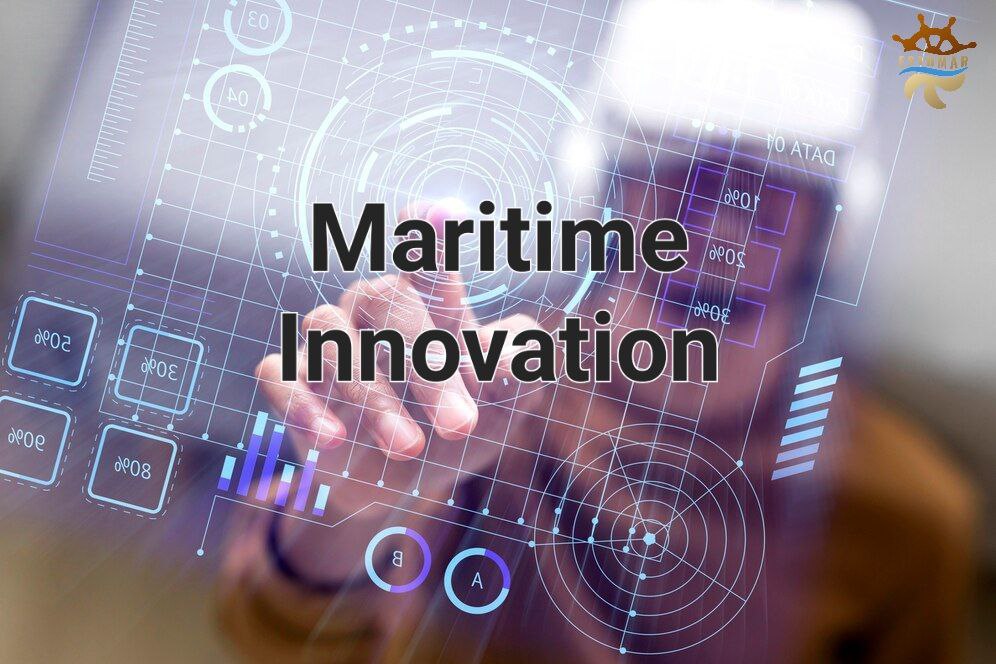
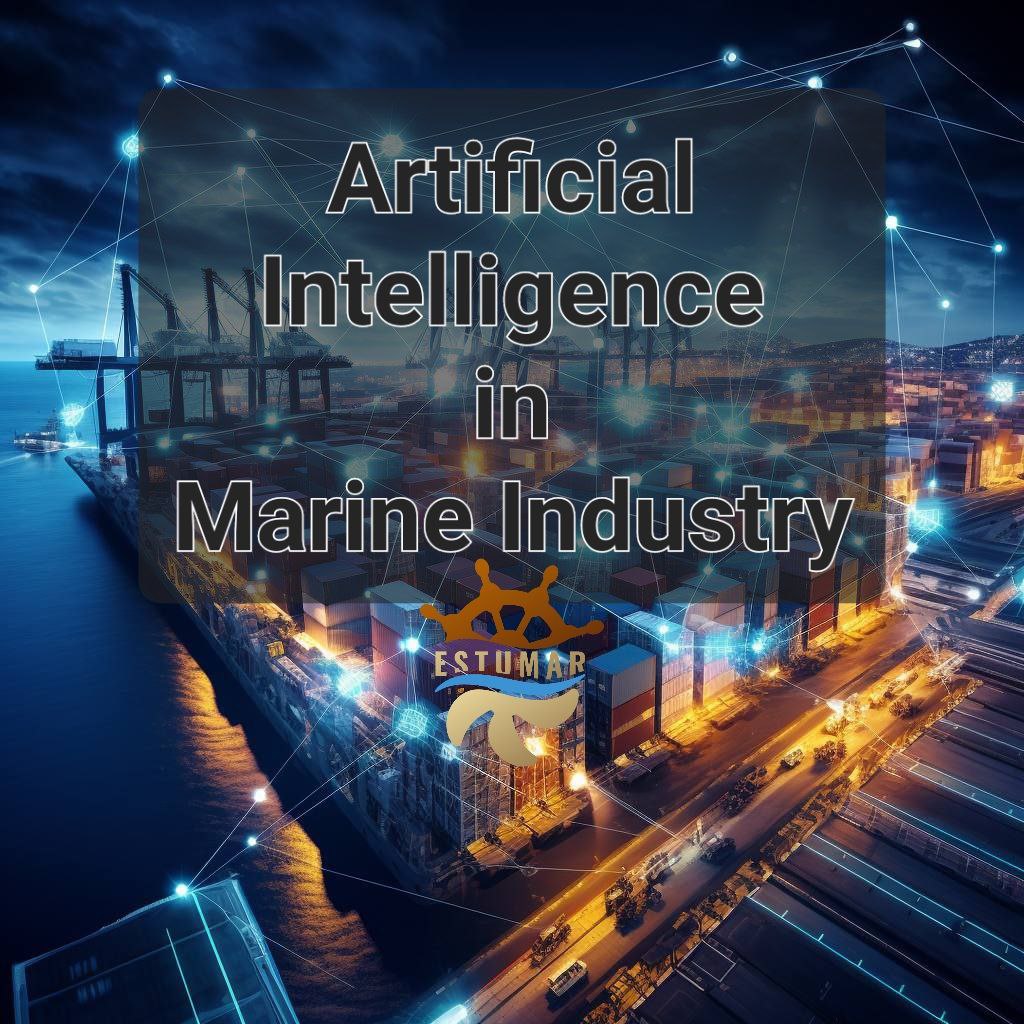
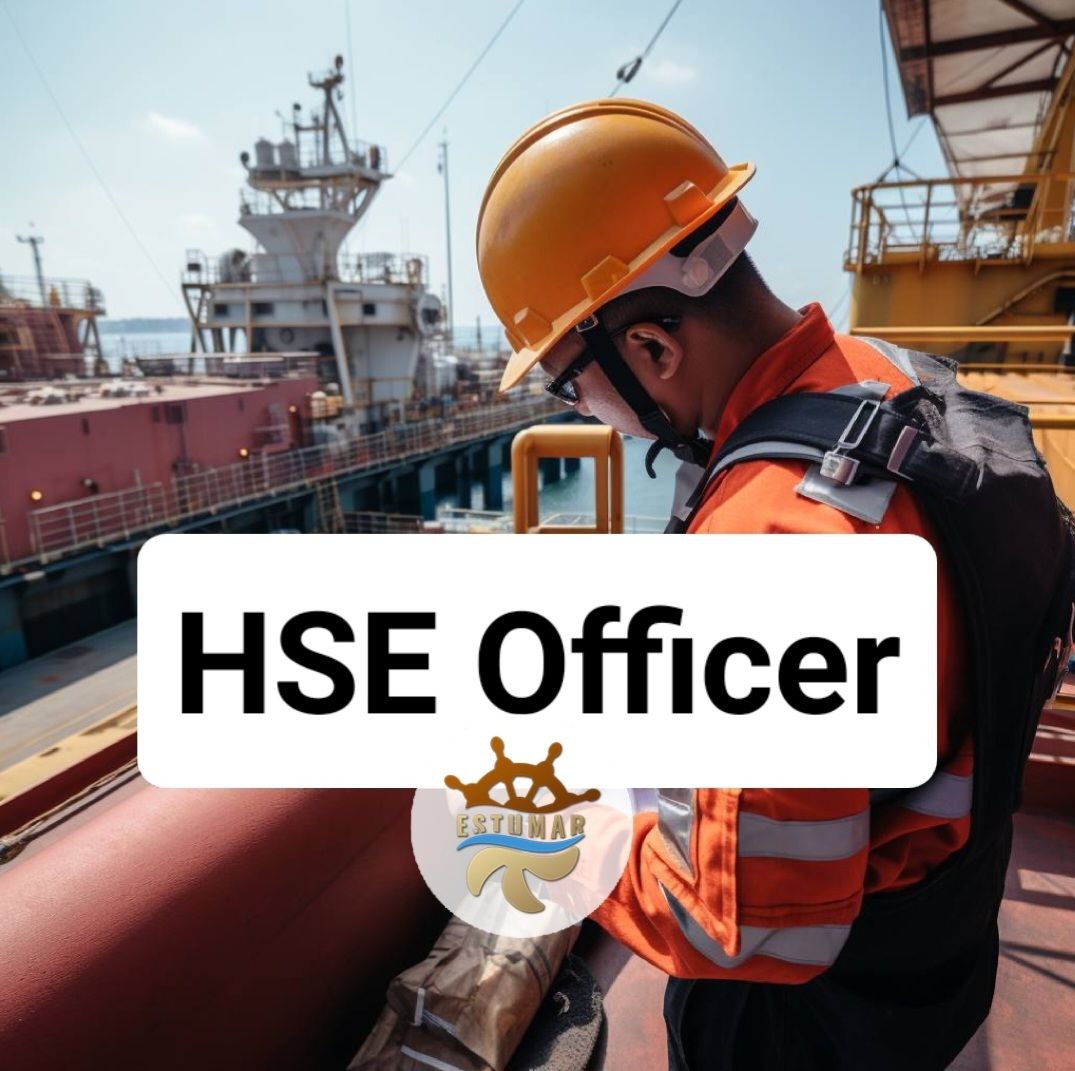
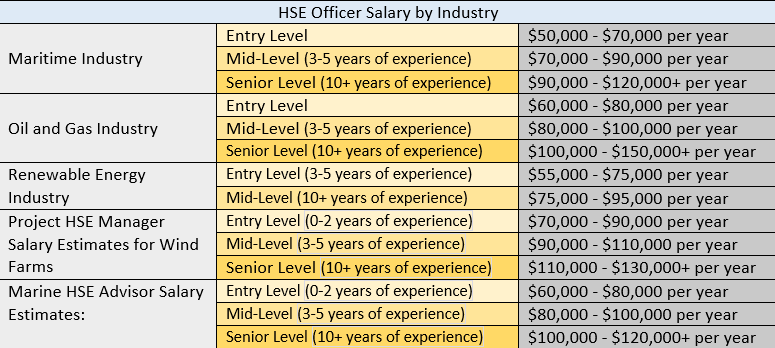
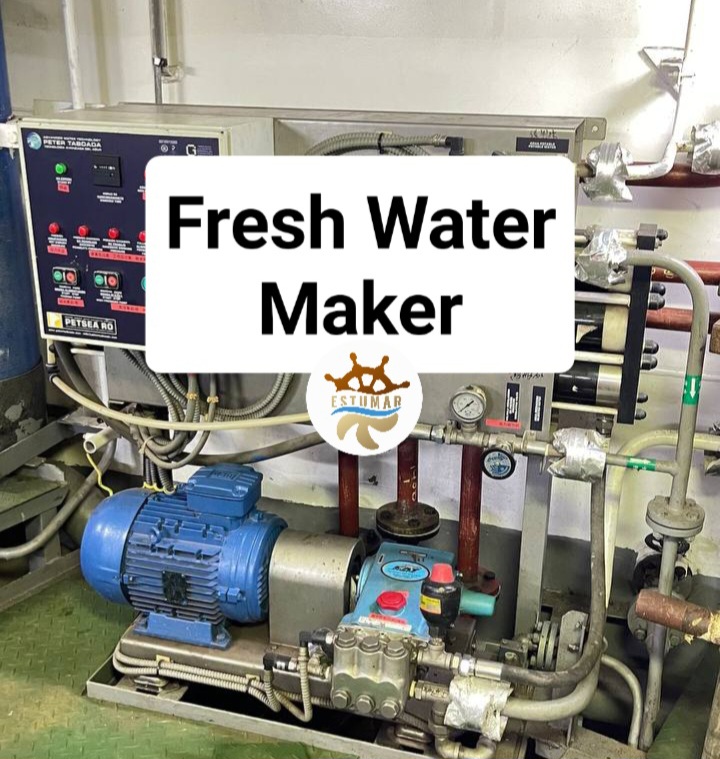

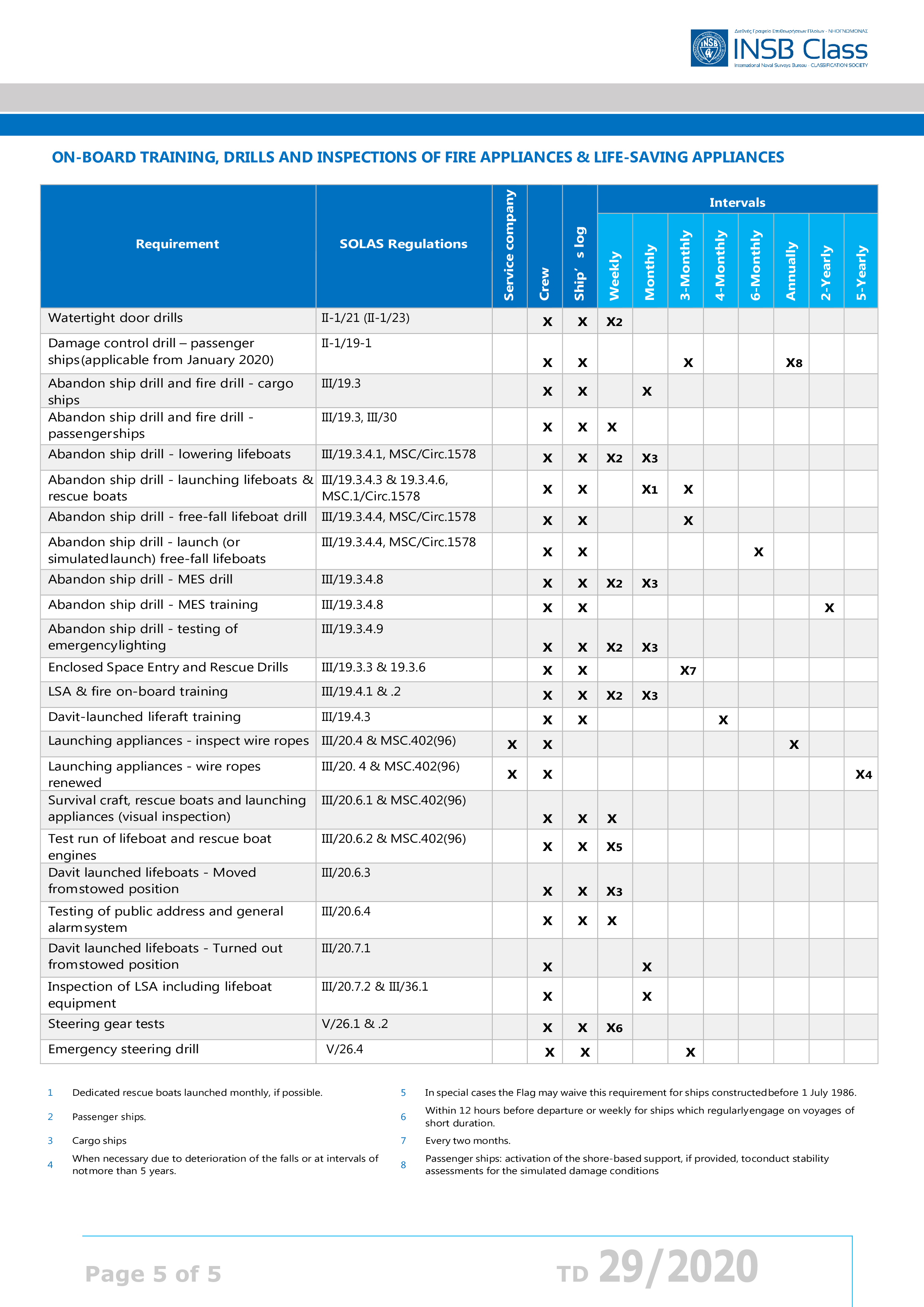
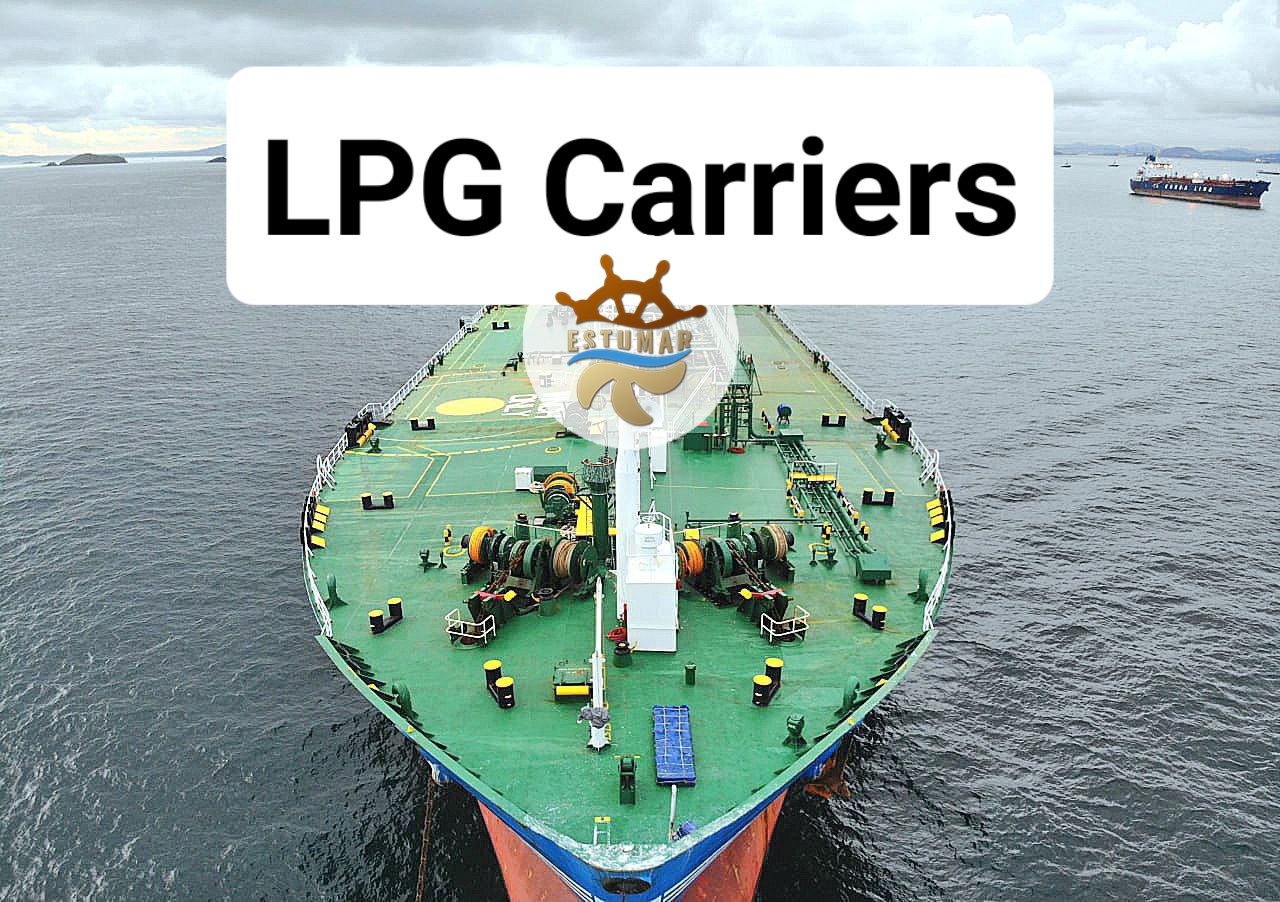
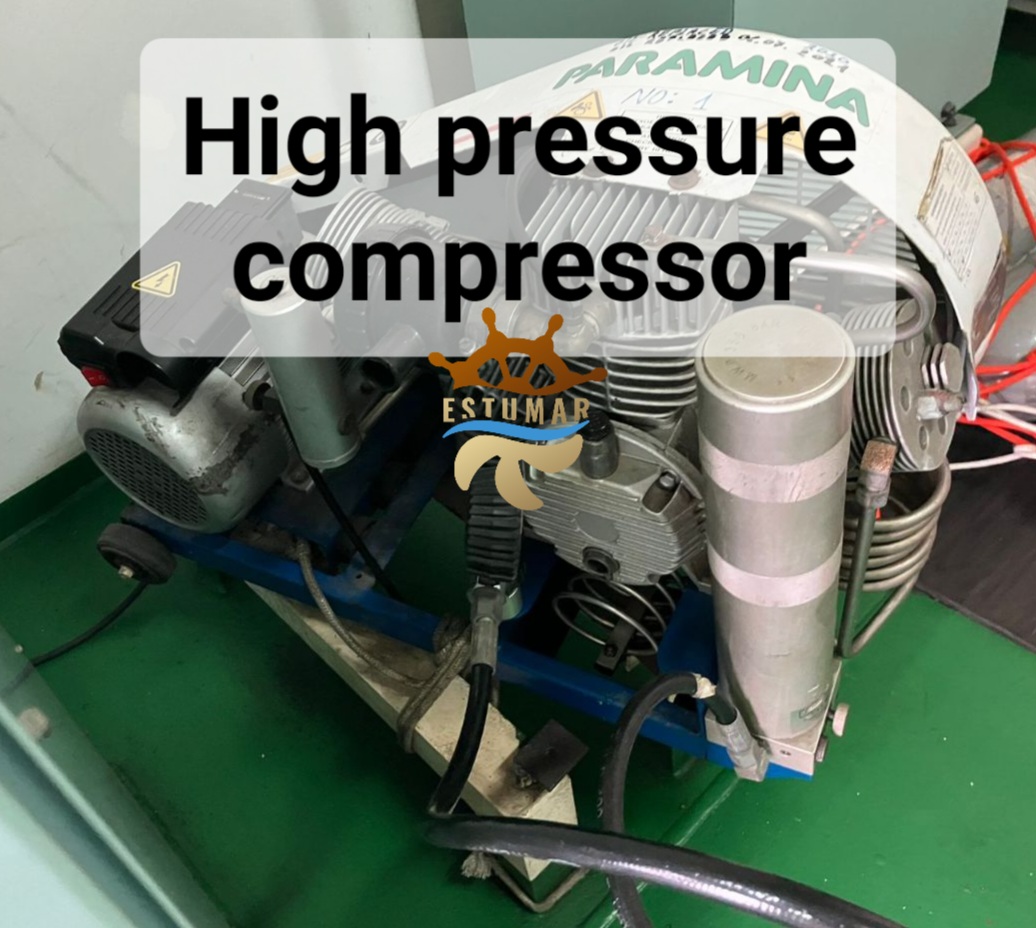
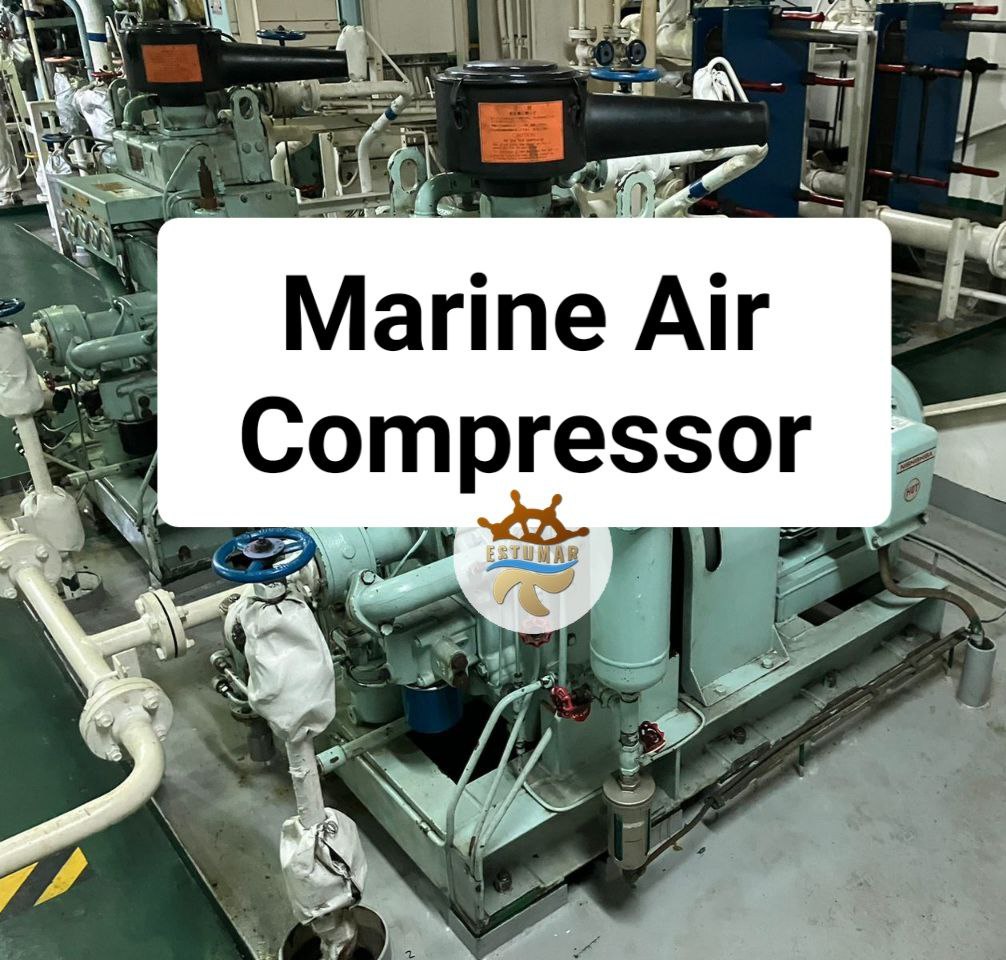
 In the recent past the shipping industry has noted an increasing number of blackouts and main engine failures, which can result in a total loss of propulsion and steering capability. The risks to the vessel and crew become critical and may result in a major casualty when they occur while maneuvering in restricted areas (traffic lanes, channels), entering or leaving port or navigating close to a coast during heavy weather.
In the recent past the shipping industry has noted an increasing number of blackouts and main engine failures, which can result in a total loss of propulsion and steering capability. The risks to the vessel and crew become critical and may result in a major casualty when they occur while maneuvering in restricted areas (traffic lanes, channels), entering or leaving port or navigating close to a coast during heavy weather.